Knee arthroscopy is a minimally invasive surgical procedure used to diagnose and treat various conditions affecting the knee joint. It involves inserting a small camera, called an arthroscope, through a small incision in the knee to visualize the joint structures. This allows the surgeon to diagnose and treat the problem using specialized instruments inserted through additional small incisions, if necessary.
Here is an overview of the knee arthroscopy procedure:
Anesthesia:
Knee arthroscopy is typically performed under general anesthesia, which means you will be asleep during the procedure. In some cases, local or regional anesthesia may be used.
Incisions:
Several small incisions, usually less than half an inch in length, are made around the knee joint. These incisions serve as entry points for the arthroscope and surgical instruments.
Arthroscopic Examination:
The arthroscope is inserted through one of the incisions, providing a clear view of the knee joint on a monitor. The surgeon examines the joint structures, including the cartilage, ligaments, tendons, and synovium (lining of the joint), to assess any damage or abnormalities.
Treatment:
Based on the findings during the arthroscopic examination, the surgeon may perform various procedures to treat the condition. These may include:
Repair or removal of torn cartilage (meniscus):
If a torn meniscus is present, the surgeon may trim or repair it using specialized instruments.
Repair of ligament injuries:
Ligament tears, such as an anterior cruciate ligament (ACL) tear, can be repaired or reconstructed during arthroscopy using grafts and sutures.
Synovectomy:
In cases of synovitis or inflamed synovium, the surgeon may remove the inflamed tissue to reduce pain and inflammation.
Debridement:
If there are loose fragments of bone or cartilage in the joint, they can be removed during the procedure.
Microfracture:
In some cases of articular cartilage damage, the surgeon may create tiny fractures in the underlying bone to stimulate new cartilage growth.
Closure:
After the procedure, the incisions are typically closed with sutures or surgical tape, and a sterile dressing is applied.
Knee arthroscopy is generally considered a safe and effective procedure with minimal risks and complications. However, as with any surgery, there are potential risks, including infection, bleeding, blood clots, damage to nerves or blood vessels, or a reaction to anesthesia.
Recovery time after knee arthroscopy can vary depending on the specific procedure performed and the individual patient. Physical therapy and rehabilitation are typically recommended to help restore strength, range of motion, and function of the knee. The surgeon will provide specific instructions for postoperative care, pain management, and rehabilitation.
It is important to consult with an orthopedic surgeon specializing in knee arthroscopy to determine if the procedure is appropriate for your specific condition. The surgeon will evaluate your knee, review your symptoms and medical history, and discuss the potential benefits, risks, and alternatives of knee arthroscopy. At Alabama Bone and Joint Clinic our specialists are able to guide you through your treatment options. Call today to schedule an appointment with one of our experts in orthopedic care.

Lorem ipsum dolor sit amet, consectetur adipiscing elit. Ut elit tellus, luctus nec ullamcorper mattis, pulvinar dapibus leo.
CEO
Lorem ipsum dolor sit amet, consectetur adipiscing elit. Ut elit tellus, luctus nec ullamcorper mattis, pulvinar dapibus leo.
CEO
Lorem ipsum dolor sit amet, consectetur adipiscing elit. Ut elit tellus, luctus nec ullamcorper mattis, pulvinar dapibus leo.
CEO
Previous
Next

